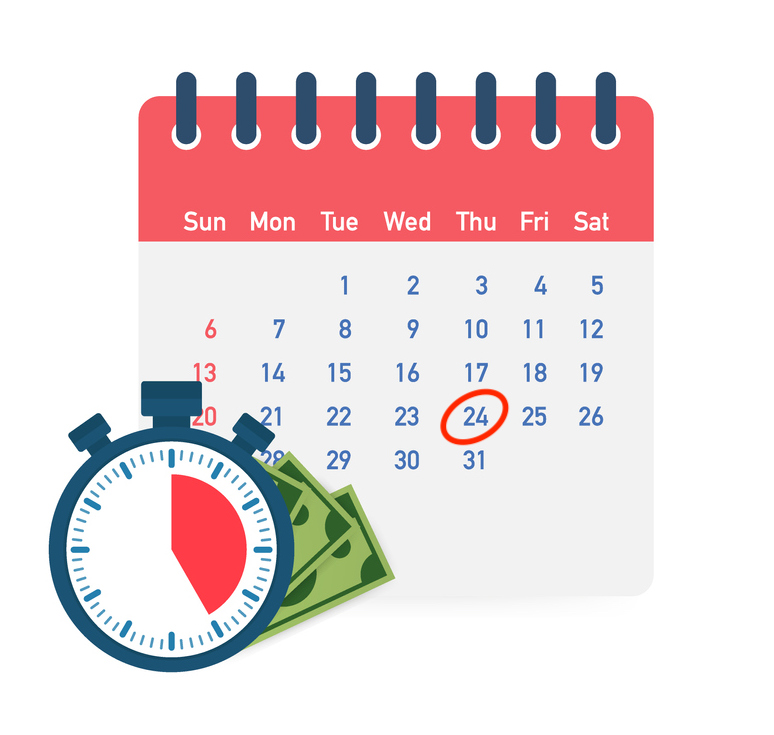Running a Giving Day on a Budget
 Giving days can be a great way for organizations to energize their alumni and rally support. They can be particularly effective as a way to engage recent grads and acquire new donors. Once thought to be a fad, these 24-hour campaigns have turned out to be a core fundraising program for many educational institutions. In fact, more than half of institutions surveyed report that they have either had one or are planning one in the near future.
Giving days can be a great way for organizations to energize their alumni and rally support. They can be particularly effective as a way to engage recent grads and acquire new donors. Once thought to be a fad, these 24-hour campaigns have turned out to be a core fundraising program for many educational institutions. In fact, more than half of institutions surveyed report that they have either had one or are planning one in the near future.
With each passing year, new techniques and technologies offer ways to make giving days bigger and better. And although that may be exciting to some school advancement programs, the thought of attempting a giving day can also be daunting. For one thing, they take a lot of time and effort to plan properly. A recent survey reveals that 65 percent of giving day planners spend more than seven months preparing for the big day.
An equally big concern for many is the cost. As opportunities to run more sophisticated giving days increase, so does the expense of running one. But you don’t need to spend a lot of money to produce a successful giving day. In fact, some large and notable institutions have successfully executed giving days on very small budgets. With that in mind, here are a few tips to help you minimize expenses for your next giving day while still positioning your effort for success:
- Do some research in advance. You don’t need to hire an expensive consultant to develop a sound strategy. Instead, learn from your peers. Talk with other programs as part of your early planning process. Ask them about their successes and failures with giving days, and use their experiences to shape a winning plan of your own.
- Maximize the use of digital channels. Unlike phone and print mail (where costs increase as the size of the audience increases), the cost of digital channels tends to be lower and fixed. Building a communications strategy that’s heavy in email and social media is not only a good way to keep costs down, but it’s also a great way to send a lot of messages to a large, dispersed audience in a short period of time.
- Reallocate funds from underperforming segments. Examine your traditional channels (e.g., phone, mail) to see which groups have been underperforming. For example, older alumni or past parents who have never made a gift or haven’t given in a long time may be costing you more to solicit than they’re returning. Consider excluding some of them from your annual appeals and use the cost savings to invest in digital advertising, order some swag, or host an on-campus reception during the big day.
- Make the most of your existing website and giving form. Although some bigger programs spend a lot of money creating a separate site and donation form to handle high volume during their giving day, that’s not always necessary. Check to see if your technology (and your gift-processing staff) are capable of handling a one-day spike in gift volume. Then have a plan to acknowledge and issue receipts for online gifts as quickly as possible.
- Make it easy for colleagues and volunteers to get involved. They can be your biggest advocates and won’t cost you a dime. Host regular meetings or conference calls to provide updates and answer questions, and develop a centralized schedule and email listserv for key stakeholders. Offer templates so that they can help spread the word through emails, texts, and social media.
Giving day programs can be a positive addition to your institution’s advancement program, but the cost can seem daunting. By doing a little research beforehand, thinking strategically about whom to reach out to and how, and using your existing resources effectively, you can run a successful giving day program that won’t break the bank.
AGN Members receive unlimited access to our resources, discounts, and other benefits. Click here to learn more.
Want to stay up-to-date on best practices in annual giving? Click here to follow AGN's Page on Linkedin!
